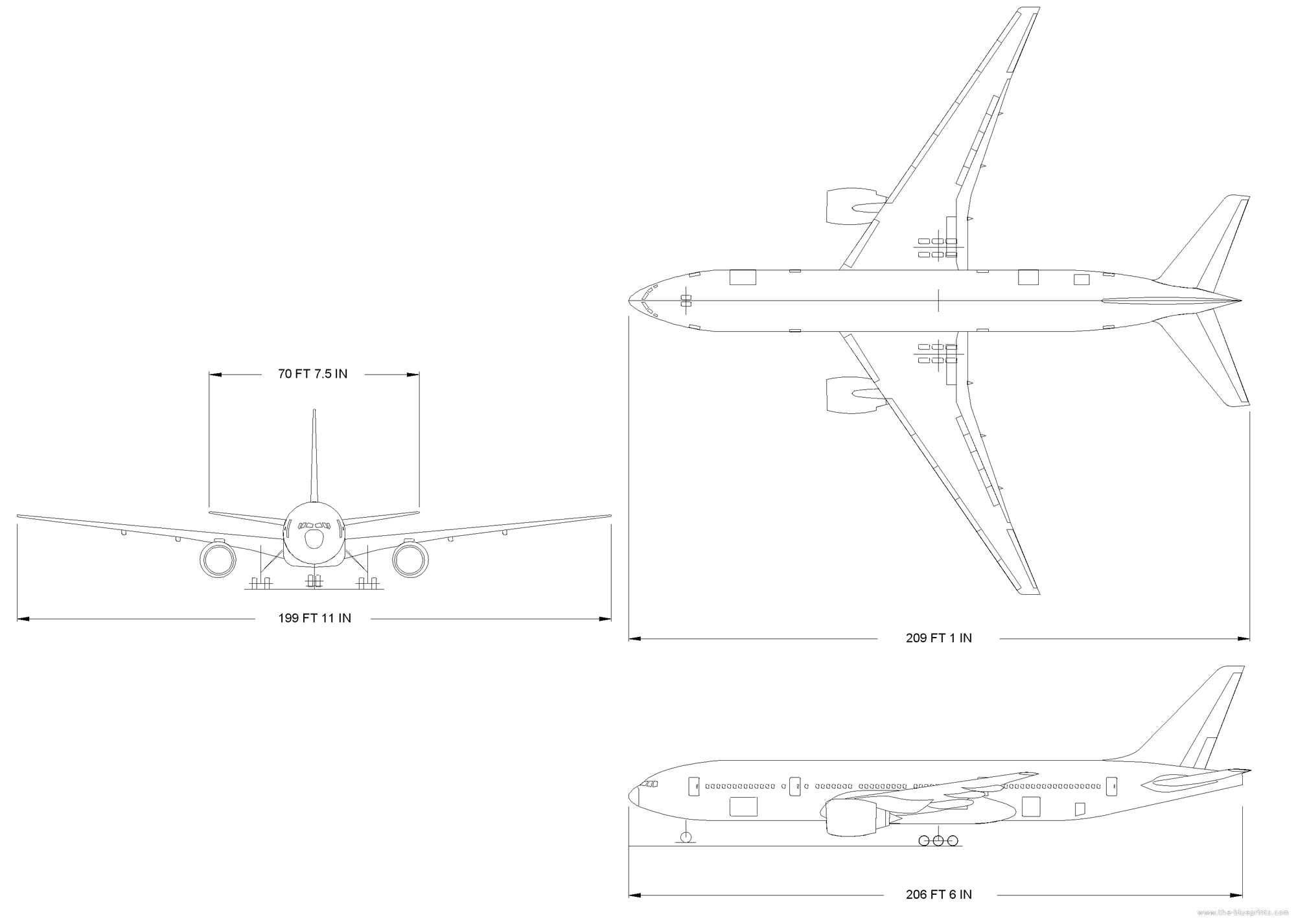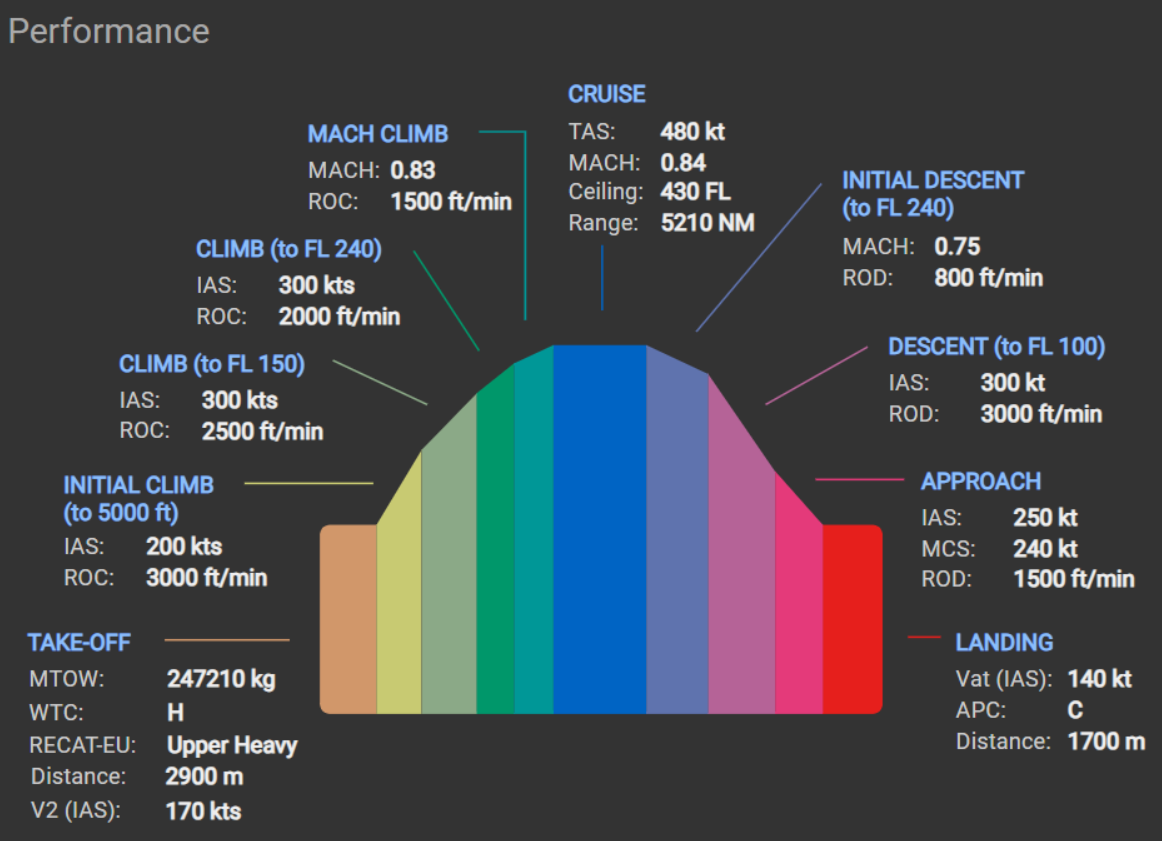
Boeing 777-200 Overview and Insights
The 777-200 (or 772-Boeing 777), introduced as the inaugural model of its series, marked a significant milestone in the world of commercial aviation. Its maiden delivery took place on the 15th of May, 1995, when United Airlines became the proud recipient of this groundbreaking aircraft. This event marked the beginning of a new era in long-haul travel.
Designed with a maximum range of 5,235 nautical miles, equivalent to approximately 9,695 kilometers, the Boeing 777-200 was primarily tailored to cater to the needs of domestic airlines within the United States. Its extended range allowed for efficient and comfortable long-distance travel, making it a popular choice among American carriers for both national and international routes.
Over the years, a total of nine different airlines recognized the tremendous potential of the 777-200 and joined the ranks of those who took delivery of this remarkable aircraft. In total, these carriers received 88 of these aircraft, which played a pivotal role in expanding their global networks. Impressively, as of the most recent data available, 68 of these original 88 units are still in operation, demonstrating the longevity and reliability of the 777-200 in the commercial aviation industry.
Aside from the standard model, the Boeing 777-200 offers several variations, including the 777-200ER (extended range), the 777-200LR (ultra-long range), and the 777-200 Freighter, which is based on the 777-200LR design. Notably, the Boeing 777-200LR holds the capability to facilitate the longest non-stop passenger flights globally.






